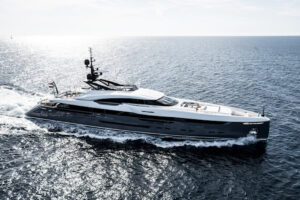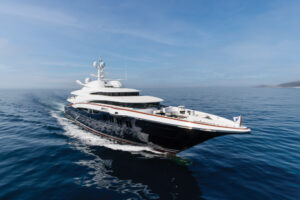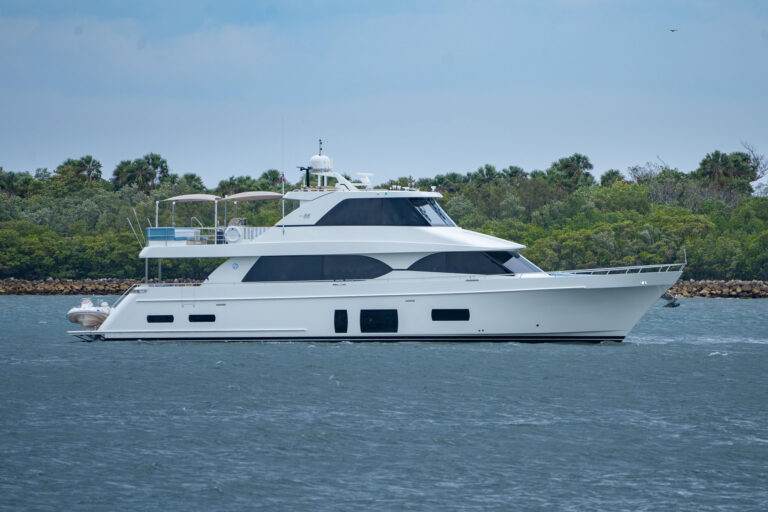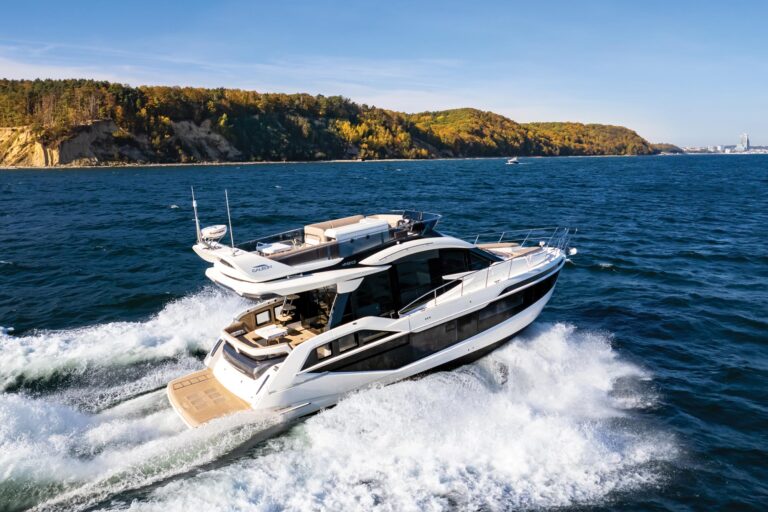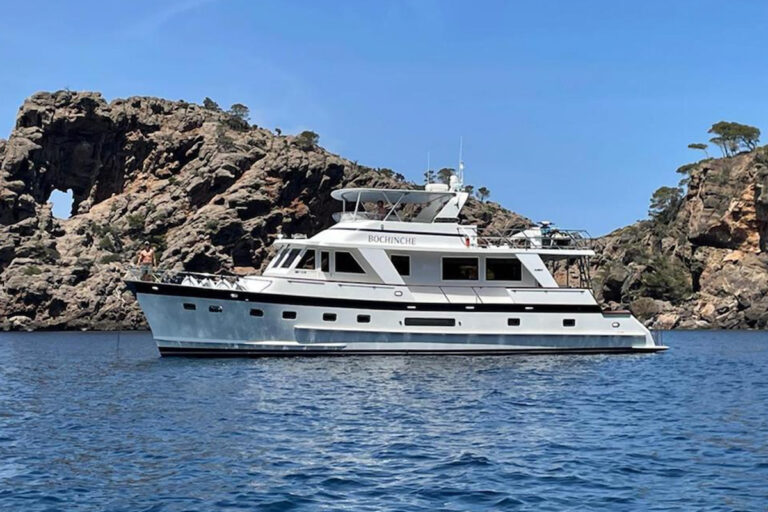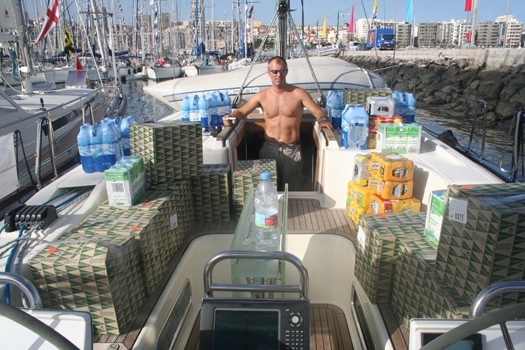
ytgjan22enewsds1525.jpg
I will be the first to admit that my culinary abilities and dietary habits are a bit below par. So when I signed up to do a transatlantic crossing and was asked about food, my only reply was, whatever you like, simple is good with me. But never would I have guessed that on a transatlantic trip, while I’m roughing it on the high-seas, I would eat better than I do on, say, a Thursday at home (not that there’s anything special about Thursdays).
The reason this was such a delicious trip? Good provisioning and thorough planning. Just because you’re cruising doesn’t mean bologna sandwiches at the helm or ham and cheese in the cockpit. One evening, well over a thousand miles from any land mass, the menu was: Fois Gras to start, confit de canard with broccoli and roasted potatoes for a main course, all complimented with a bottle of delicious red wine. No baloney-it was delicious! And while I admit that provisioning for a 17- to 21-day ocean crossing is a little more involved than provisioning for a weekend jaunt to Block Island and the Vineyard, the principles are the same. Here are some provisioning tips for your next voyage.
1) When you’re buying items, stay away from glass. Rough seas or a bad wake can send bottles crashing to the sole, making a mess, wasting food, and throwing glass shards about the galley. But what about that most essential bottle, the bottle of wine? The answer: boxed wine (it’s not just for hobos anymore!). Boxed wines are getting better and better, and some truly delicious ones can be found out there (try Black Box Central Coast Cabernet Sauvignon and Bota Box Old Vine Zinfandel). The bladder can be taken out and stored easily, and it won’t break when it hits the sole.
2) Be realistic. Look at your cruising itinerary and look at your route. Are you going to be making berth at marinas? Will there be a grocery store nearby when you pull in to port? Food stores take up stowage space, so if you can provision again at stops along the way, buy what you think you’ll eat. When you pull into a marina after a long day on the water, a table at the local restaurant may seem more appealing than cooking and cleaning up.
3) Make sure that everything you buy you will be able to eat. Check your expiration dates. Fresh fruit and vegetables are excellent to have on a cruise, they’re delicious, healthy, and complement almost any meal. However, they also go bad. Make sure you keep an eye on your fresh stores, and make sure you eat what you buy. Rotten food is wasted food.
4) Does everything need to be refrigerated? Eggs can survive for a week or more on a dark shelf, many fruits will last longer if stored in hanging net versus a cabinet.
5) Make sure you have the kitchen staples: olive oil, spices, salt and pepper-all the typical cooking accessories. A little extra flavor, correctly added, can turn a bland meal into a rich feast for the palate.
6) Do as much at home as possible. Do you know you’re going to be eating steak the second night out? Marinate it at home, package it before you get on board, and you’ll save time and a mess. Everything you do at home before you leave the dock will save you time and effort on board, and will help to keep dirty dishes to a minimum.
7) Use your cruise as an opportunity to curb bad eating habits. When I was crossing the Atlantic it was cereal with fresh fruit and tea everything morning, not the standard breakfast for the urbanite on the go: the bacon, egg, and cheese sandwich. Lunch and dinner included always included fresh vegetables and salads. If you bring healthy food, you’ll eat healthy food-there’s no take-out at sea.


